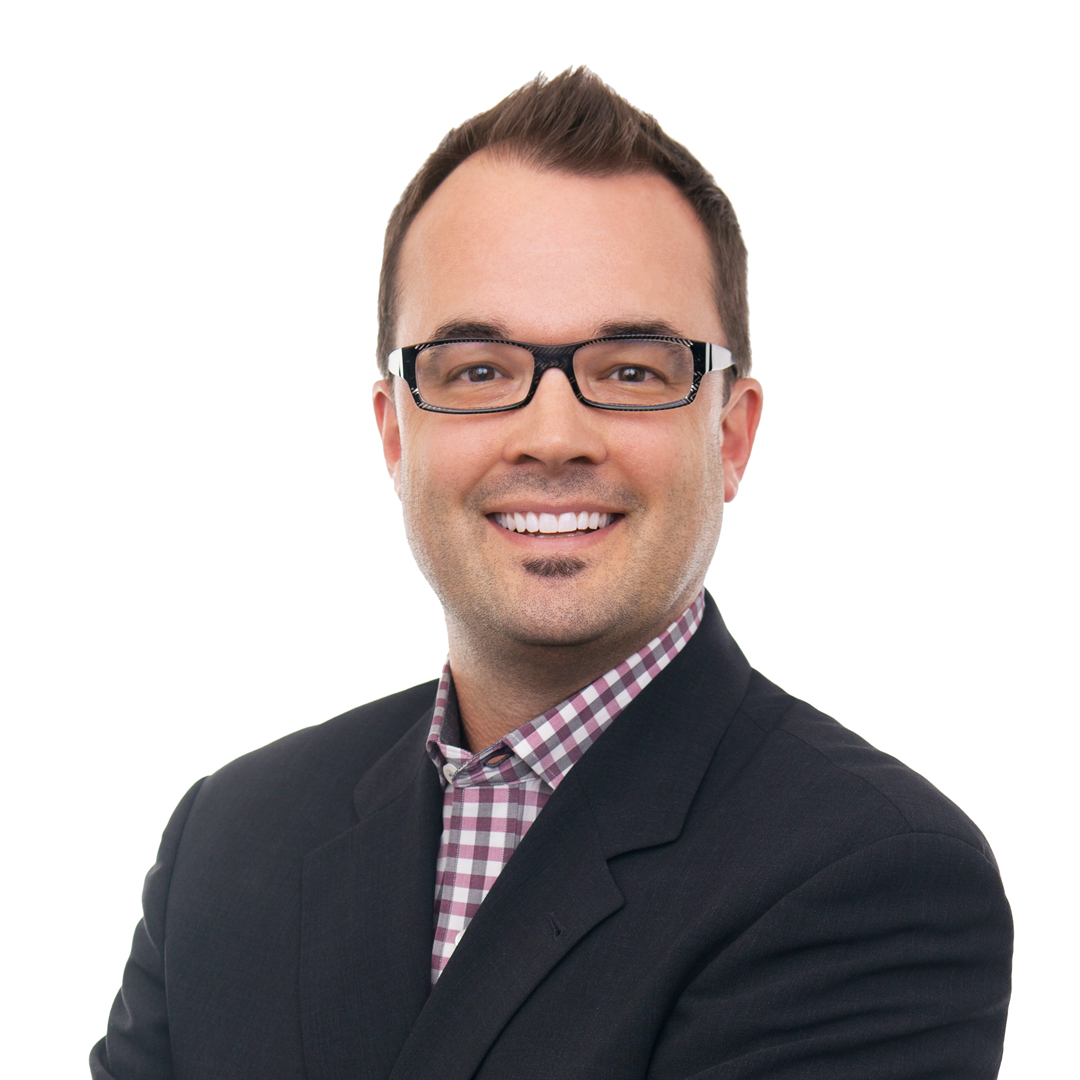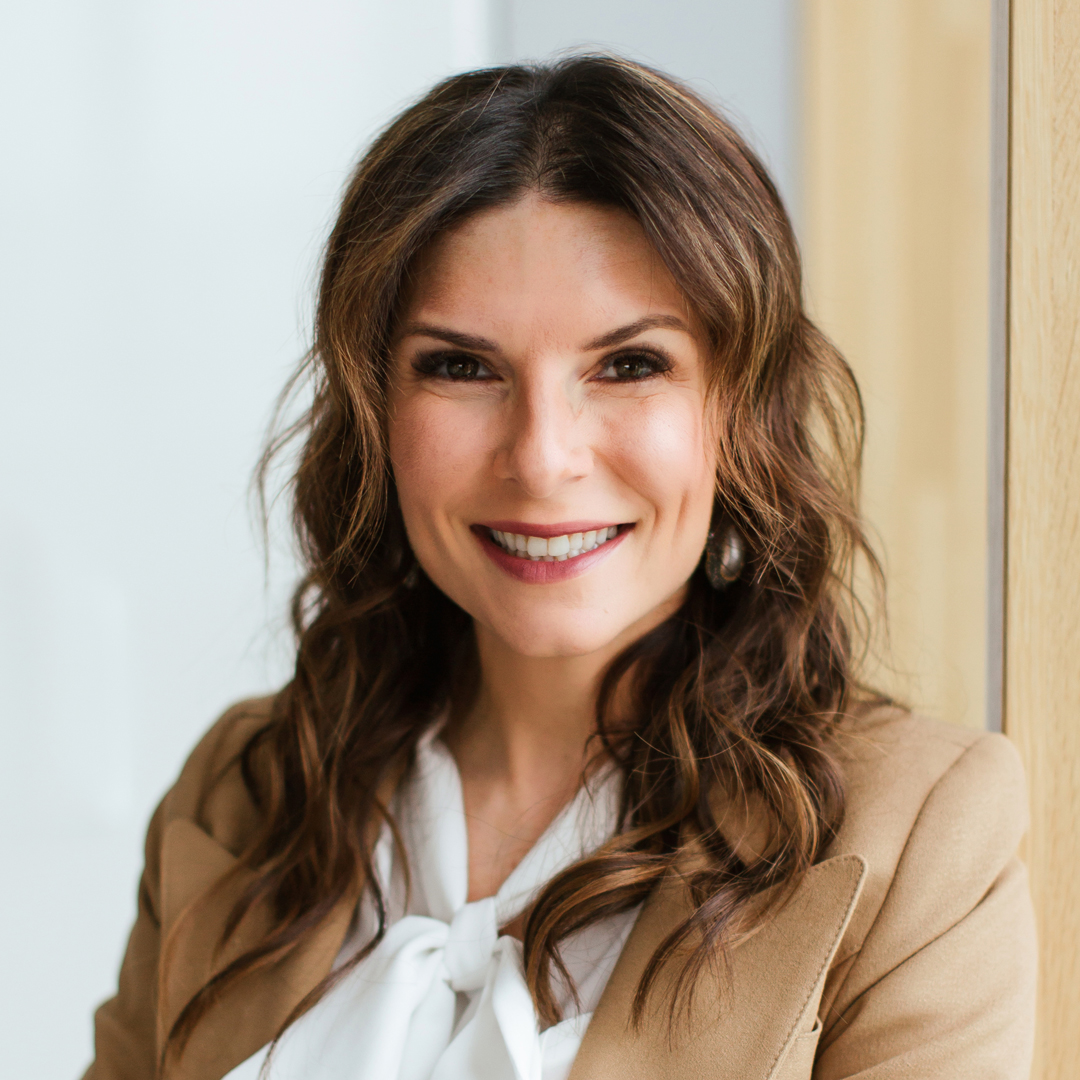In September 2016, the merger between EMC Corporation and Dell was complete. It was the largest acquisition in the history of the technology industry, which made it the world’s largest privately held technology company.
And the leader in charge of seamlessly combining the two cultures is Steve Price, chief human resources officer. “As we became Dell Technologies, we were committed to having a unified company culture that defines expectations for how we work and how we lead,” he says. “We played a significant role in defining the culture we needed to succeed as a new company.”
Price and his team conducted extensive empirical research and collected feedback from more than 75,000 employees at both companies to develop the new culture code. The code is a statement of the values and expectations for how Dell employees work and lead.
“We embedded the culture code into our entire ecosystem of HR practices, including hiring, development, engagement, performance, and rewards,” he explains. “We also led harmonization of all our HR-related technology, policies, practices, and ensuring the right talent and organizational design to best deliver on our strategy.”
To help create this new ecosystem, Price and his team turned to the Workhuman Cloud. “Dell Technologies’ investment in Workhuman Cloud, including social recognition and continuous performance management, puts the culture code into practice,” says Chris French, executive vice present of customer strategy at Workhuman. “These human applications complement traditional HR technology and enable agile, cohesive teams.”
Price sat down with Profile magazine to discuss the new culture he built to reflect the united company.
How did the merger change the way you approach hiring, onboarding, and the continued support of employees?
As one of the world’s largest and most innovative technology companies, we have the full range of products, services, and solutions from consumers to large enterprises. Thus, the range of capabilities we bring into Dell is broader than it was before. It is a very exciting place to be, where team members know they are a part of a company with considerable opportunity for growth.
As an HR organization, we drive a number of transformation initiatives around culture, team member engagement, productivity, and business results. Digital and workforce transformation are the primary drivers of many of those efforts. It’s important to think about how people and machines should work together and how we can give our people the ability to do their work anytime, anywhere, and on any device.
The world of work is changing with the emergence of new technologies like artificial intelligence, machine learning, and robotic process automation. These technologies are changing how and where work gets done, they are changing the kinds of skills people need to possess, and they are shaping the expectations of the future workforce.
What were the greatest challenges in ensuring that the HR department reflected the new company culture?
It was about consistency and defining a new culture for our new company. We heard from more than 75,000 team members around the world to shape our culture code, then viewed every HR practice through the lens of this new culture code and refined, improved, etc., based on that.
In fact, the two companies were so amazingly aligned that, while there was work to do, it was very evident what the North Star was. Out of two dozen cultural attributes that both companies incorporated, team members from both companies chose the same top five as most important to our company’s success. These became our values in the culture code: customers, winning together, innovation, results, and integrity.
We know that driving human progress is not only good for our company, our customers, our communities, and our world, but that idea also extends to our team members and driving their progress, which we articulate in our people philosophy that clearly communicates our commitments to team members and is founded on three powerful propositions: achievement, balance, and connection. A high-performing company must be committed to the individual achievements of all your team members, helping them balance the demands of life so that they can be their best both personally and professionally. We recognize that none of us grow and thrive alone; we all grow and thrive as we are connected in meaningful relationships.
“It is a very exciting place to be where team members know they are a part of a company with considerable opportunity for growth.”
What do you foresee as the future of Dell Technologies?
As we look to the future, we’ll continue to create technologies that drive human progress and achieve our vision of becoming the essential infrastructure company. We’ll have an engaged workforce with inspired team members by activating our people philosophy for them.
To succeed, we know that companies need to be agile. Being agile is something our company has embraced over the years and has been essential to helping us react quickly and successfully to the emergence of new competitors, rapid advancements in technology, and sudden shifts in market conditions, especially in the new era of digital and workforce transformation.
Having an HR organization that is agile and focused on driving business transformation and performance is paramount for companies like ours to deliver on the promise of a digital future. As we look to the future, it’s important to think about how people and machines will work together and to recognize that the workforce is transforming in their expectations, the technology they want and need on their jobs, and the desire for greater flexibility.















